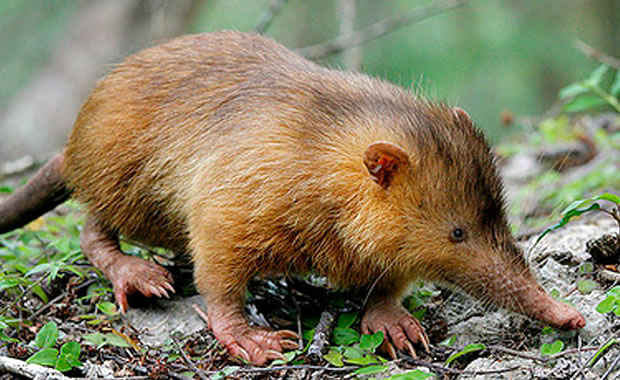Bomarea spp.
Group:
Plants
Area(s) Where Listed As Endangered:
Ecuador
Species/Common Names:
| Bomarea angustifolia |
| Bomarea brachysepala |
| Bomarea ceratophora |
| Bomarea chimborazensis |
| Bomarea elegans |
| Bomarea glaucescens |
| Bomarea goniocaulon |
| Bomarea gracilis |
| Bomarea graminifolia |
| Bomarea hartwegii |
| Bomarea lanata |
| Bomarea longipes |
| Bomarea lutea |
| Bomarea uncifolia |
Facts Summary:
Bomarea is a genus of plants of concern and found in the following area(s): Ecuador.
Creature Profile

|
Wikipedia Article Copyright Notice: This article is licensed under the GNU Free Documentation License. It uses material from the Wikipedia article "Bomarea". |
Status/Date(s) Listed as Endangered
| Scientific Name | Status | Listing Date | Range | |
| 1. | Bomarea angustifolia | CR-IUCN | 2003 | Ecuador |
| 2. | Bomarea brachysepala | NT-IUCN | 2003 | Ecuador |
| 3. | Bomarea ceratophora | EN-IUCN | 2003 | Ecuador |
| 4. | Bomarea chimborazensis | EN-IUCN | 2003 | Ecuador |
| 5. | Bomarea elegans | VU-IUCN | 2003 | Ecuador |
| 6. | Bomarea glaucescens | NT-IUCN | 2003 | Ecuador |
| 7. | Bomarea goniocaulon | CR-IUCN | 2003 | Ecuador |
| 8. | Bomarea gracilis | VU-IUCN | 2003 | Ecuador |
| 9. | Bomarea graminifolia | CR-IUCN | 2003 | Ecuador |
| 10. | Bomarea hartwegii | CR-IUCN | 2003 | Ecuador |
| 11. | Bomarea lanata | VU-IUCN | 2003 | Ecuador |
| 12. | Bomarea longipes | CR-IUCN | 2003 | Ecuador |
| 13. | Bomarea lutea | VU-IUCN | 2003 | Ecuador |
| 14. | Bomarea uncifolia | EN-IUCN | 2003 | Ecuador |
Bomarea spp. Facts Last Updated:
May 26, 2017
May 26, 2017
To Cite This Page:
Glenn, C. R. 2006. "Earth's Endangered Creatures - Bomarea spp. Facts" (Online) - Licensed article from Wikipedia: The Free Encyclopedia. Accessed 10/31/2024 at http://earthsendangered.com/profile.asp?sp=5998&ID=11.
Glenn, C. R. 2006. "Earth's Endangered Creatures - Bomarea spp. Facts" (Online) - Licensed article from Wikipedia: The Free Encyclopedia. Accessed 10/31/2024 at http://earthsendangered.com/profile.asp?sp=5998&ID=11.
Need more Bomarea spp. facts?

Custom Search


